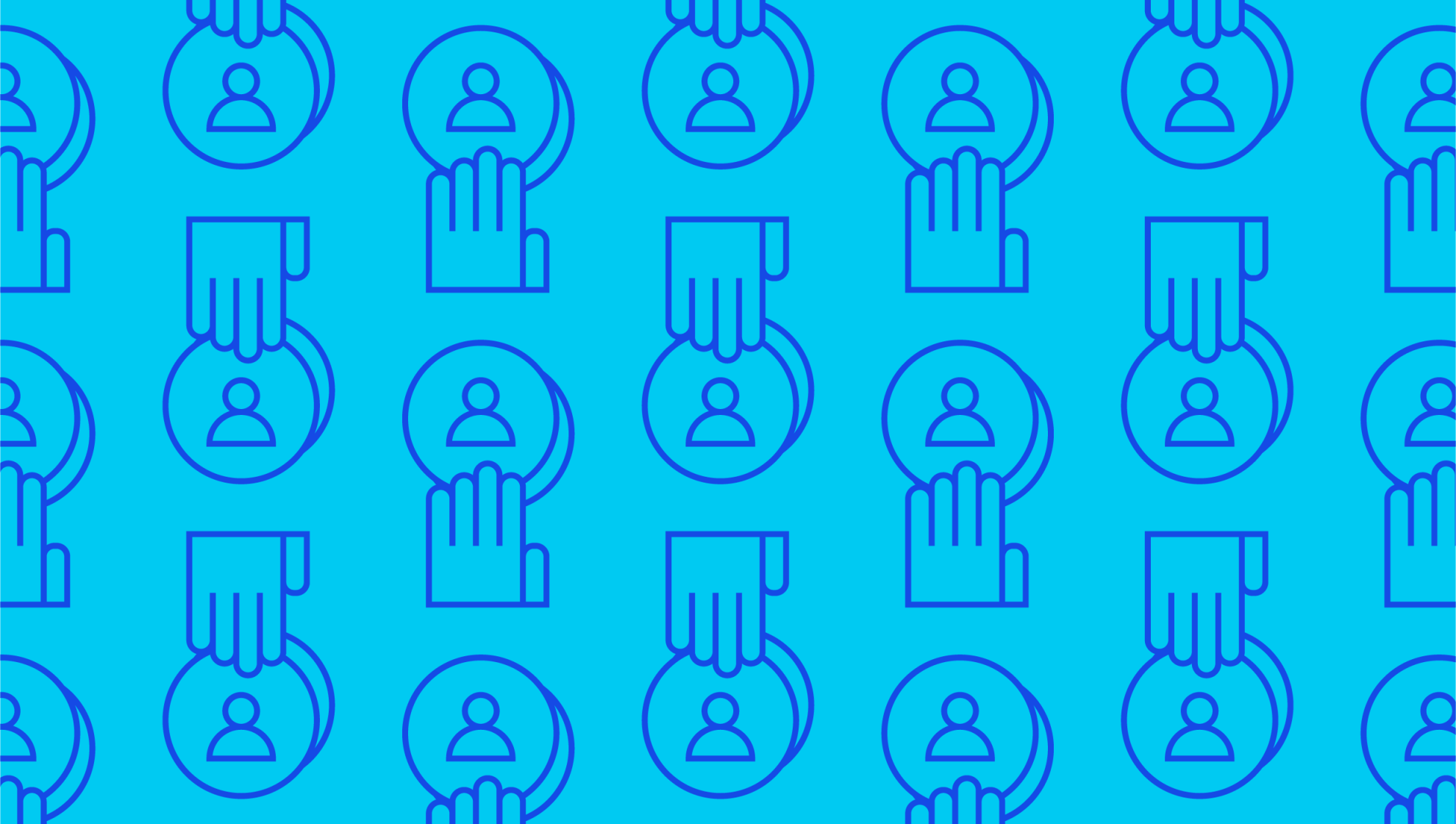Last editedMar 20232 min read
It’s easy to learn how to write a plumbing invoice. If you use accounting software, it will do most of the work for you. If you don’t, you can start from a basic document which you can use as a plumbing invoice template. You can then expand on this to reflect your needs (such as VAT data) and wants (like branding). Here are some tips to help.
Invoicing template
Customise the basic invoicing template below for your plumbing business. Download here.
Ensure you have complete contact details
All invoices must state the payee’s contact details and the payer’s contact details. This must include their physical addresses. Including other contact data is optional. It is, however, sensible to include at least an email address. If you have a business phone and/or Skype, it’s a good idea to include them, too.
Given that the contact details have to be included, it makes sense to put them at the top so that the payer can immediately tell who is contacting them. Putting the payer’s details high up helps ensure that your invoice is directed to the correct person/department.
Very few plumbing invoices run to more than one page. If yours does, it’s advisable to put your contact details on all pages. You don’t need to type your physical address; just your email is acceptable. You need to ensure that the recipient can relink the pages if necessary. Invoices don’t tend to be printed out, but it is still possible.
How to collect payments with GoCardless
1.
Create your free GoCardless account, access your user-friendly payments dashboard & connect your accounting software (if you use one).
2.
Easily create payment links to collect one-off or recurring online payments, and share them with your customers.
3.
From now on you'll get paid on time, every time, as GoCardless automatically collects payment on the scheduled Direct Debit collection date. Simple.
Detail all costs
Most plumbing invoices contain one or more of three kinds of charges: labour, parts and travel. Travel charges may be split further into travel costs and travel time. If your invoice contains more than one type of charge, you should split out the costs into the main categories. Ideally, you’ll itemise them as much as possible. Even if you have a purchase order, it's advisable to do this for maximum clarity.
The two potential exceptions are deposit invoices and recurring invoices for maintenance plans. In the former case, the funds can, in principle, be allocated to any part of the project. In practice, they generally go towards materials.
There is not usually a direct link between the payment and the service in the latter case. For example, a client can make several payments before receiving any service. When they do receive a service, the cost of that service may or may not match what they have already paid.
Be clear about your payment terms
Once you’ve clarified what the customer needs to pay and why, the next step is to explain how to make a payment and when it’s due (your payment terms). Traditionally, getting from invoice to payment has been one of the most challenging and time-consuming parts of doing business. The harsh truth is that paying your invoice is usually just one of many things someone had to do — and it was often a long way down the list of priorities.
That is still true for businesses that continue to rely on customers actively paying invoices. Fortunately, with GoCardless, it’s now possible for even small businesses and freelancers to collect payment by direct debit. The advantage of this is that you only need your client to set up an authorisation for payment. After this, you take care of everything else.
This may seem like more work for you, but it’s usually less. Setting up a payment through the GoCardless dashboard only takes a few moments. You don’t even have to do that if you use accounting software, as it will be linked automatically. Then you and your client can sit back and let GoCardless do the rest.
The headline advantage of this approach is that it saves you the time and frustration of having to chase late or missing payments. Another significant benefit is that it is cost-effective. It can also help protect both your privacy and the client’s. The client does not need your bank details, and you don’t need to store the client’s bank details.
We can help
GoCardless is a global payments solution that helps you automate payment collection, cutting down on the amount of financial admin your team needs to deal with. Find out how GoCardless can help you with one-off or recurring payments.


